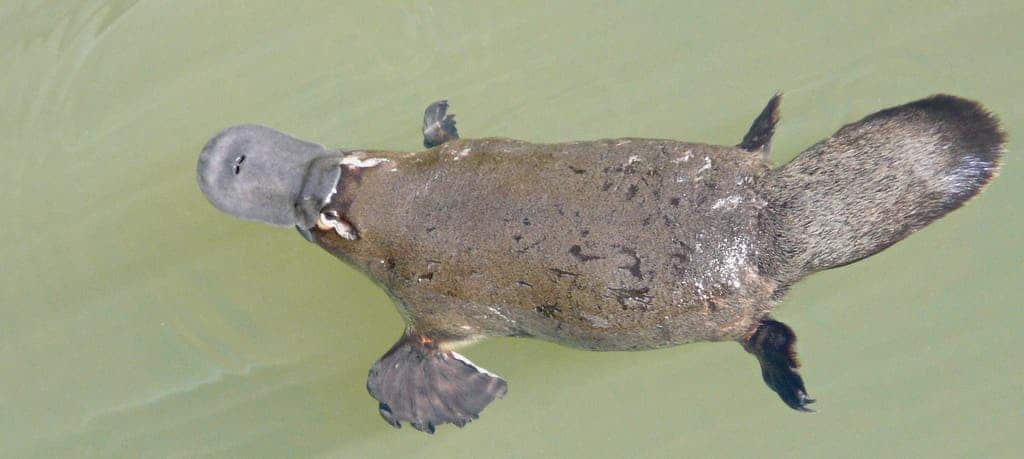Nature contains a trove of substances that could be useful in human medicine. Now a key metabolic hormone has been found in the venom and gut of the platypus that has the potential to treat type 2 diabetes. Researchers from the University of Adelaide examined the platypus genome, which was sequenced in 2008, and learned more about the genes present in platypuses.
“One of the most amazing discoveries of the platypus genome project was the massive loss of genes important for digestion and metabolic control – these animals basically lack a functional stomach,” said project leader Professor Frank Grutzner, from the University of Adelaide.
The metabolic hormone called glucagon-like peptide-1 (GLP-1) is seen as an important substance in treating diabetes. It is usually secreted in both human and animal guts and stimulates the release of insulin to lower blood glucose. Exenatide, a modified form of this hormone, is commonly used to treat diabetes.

The platypus GLP-1 is very different from other types, likely due to its function in their venom, as well as in the gut. The platypus GLP-1 therefore functions differently and doesn’t degrade as quickly as the type found in humans. These features could make it a more effective treatment option.
“We have privileged access to these amazing animals,” says Professor Grutzner. “Male platypuses produce venom during the breeding season, and can deliver the venom from their hind spurs. We were surprised to see GLP-1 present in venom and think that this may have led to a more effective hormone.
The hormone has just been identified as being useful and needs to go through testing and clinical trials to see if it is actually a viable diabetes treatment option. However, its viability as a treatment option also depends on whether it can be produced synthetically as platypuses are “near threatened” and pressure on their wild populations could make them endangered.




